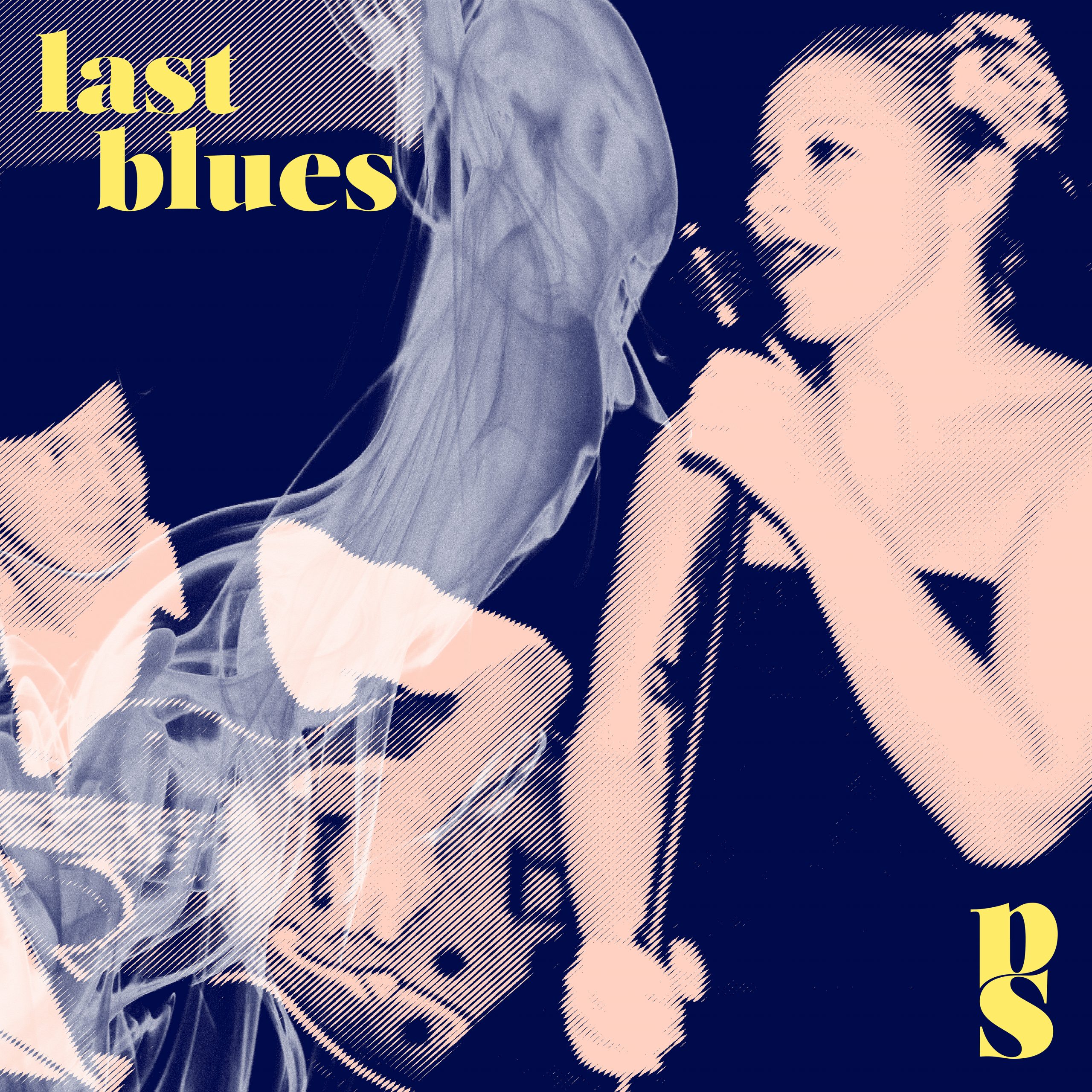last blues, to be read some day

I met a woman once, who told me a striking story about a love. Tonight we wnat to tell you her story. So here we go with our Last Blues”.
A 40s microphone, two glasses of whiskey and a guitar. A typewriter, a screen and a suitcase.
The scene is divided into two spaces: an american night where a concert is taking places and Cesare Pavese’s room (his room or the room where he committed suicide?), the place of remembrance, of the theatrical game and the grieving process.
The show starts with the end of the concert, “Last blues, to be read some day”. Pavese dismisses the audience to leave room to Connie’s comeback, the last woman he loved, the actress in search for luck in Italy’s Neorealism. Connie comes back “with the weight of your death on my shoulders. Connie’s arrival starts the reenactment of a series of female figures, loved or sung by Pavese who ironically reflects, in a brechtian game, on his conception of love.
In the meantime the concert has started again, time and space interlace in a constant dialogue between scene and music.
